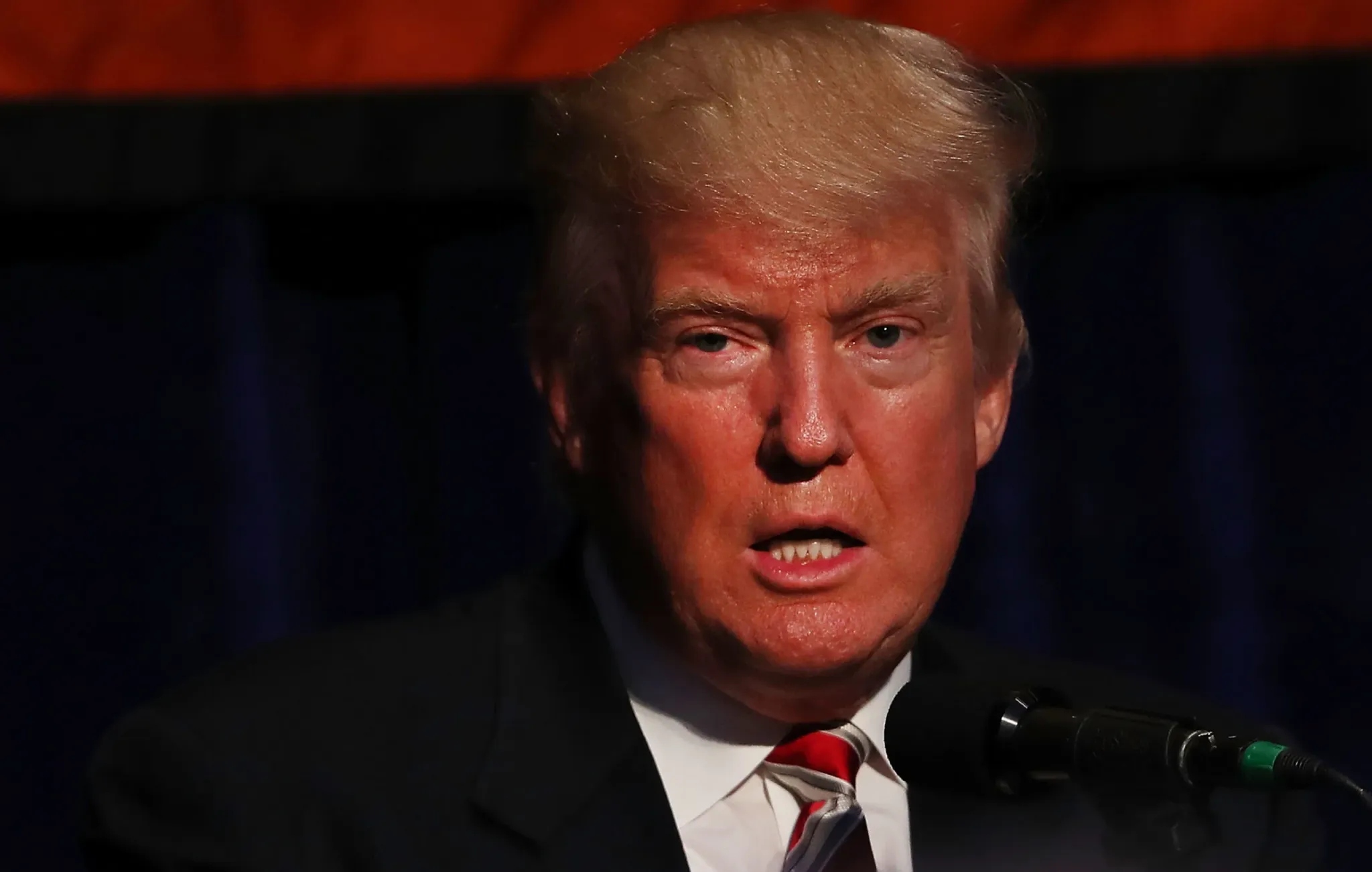In the heart of South Africa lies Orania, a town that has become a focal point of national and international debate. Established in 1991, this Afrikaner enclave is dedicated to preserving the language, culture, and traditions of its residents. But is Orania a model of cultural preservation, or does it represent a lingering shadow of apartheid? This article delves into the complexities surrounding Orania, exploring its history, operations, and the broader implications for South Africa and beyond.
The Origins of Orania
Orania was founded by a group of Afrikaners who sought to create a community where they could preserve their cultural heritage. This initiative was rooted in the principle of self-determination, a right acknowledged by Section 235 of the South African Constitution. The town’s establishment in 1991, during the final years of apartheid, was a response to the political changes sweeping across South Africa. But what motivated these Afrikaners to establish such a community, and how has it evolved over the years?
Cultural Preservation or Racial Exclusion?
One of the most contentious aspects of Orania is its demographic policy. The town is exclusively for Afrikaners, leading to accusations of racial exclusion. Critics argue that this policy is a form of segregation reminiscent of apartheid. However, residents of Orania insist that their community is not about race but about cultural preservation. They argue that just as other cultural groups in South Africa have the right to maintain their traditions, so too should the Afrikaners. This raises the question: how do we balance cultural identity with the ideals of inclusivity and diversity?
Life Inside Orania
Despite the controversy, Orania functions as a self-sufficient community. It has its own currency, the Ora, which circulates within the local economy. The town also features educational institutions that teach in Afrikaans, a solar farm that provides much of its energy, and a manufacturing plant that exports goods across South Africa. Residents take pride in their economic independence, as Orania receives no government funding and relies on its own resources for development. Yet, this self-reliance prompts reflection on whether such a model can coexist with broader societal integration.
Economic Independence and Community Development
Orania’s economic model is built on self-sufficiency and local enterprise. The town’s currency, the Ora, is used to keep money circulating within the community, supporting local businesses and services. This economic independence is a point of pride for many residents, who see it as a model for other communities in Africa. However, the sustainability of this model in the long term remains a topic of discussion, as does the challenge of maintaining economic independence while fostering inclusivity.
Education and Cultural Identity
Education in Orania is centered around preserving the Afrikaner culture. Schools in the town teach in Afrikaans, and the curriculum emphasizes Afrikaner history and traditions. The town also has a college that focuses on practical skills like plumbing and electrical work, preparing students for careers that support the community’s self-sufficiency. This focus on cultural education invites consideration of how such an approach impacts the town’s integration with the broader South African society.
The Broader Implications for South Africa
Orania’s existence raises important questions about cultural preservation and racial dynamics in South Africa. Supporters argue that the town is a legitimate expression of cultural self-determination, while critics see it as a form of racial segregation. As South Africa continues to navigate its complex history, the challenge remains: how should communities like Orania be viewed in the context of national unity and diversity?
Comparisons with Other Cultural Enclaves
Orania is not unique in its pursuit of cultural preservation. Around the world, there are numerous examples of communities that have sought to maintain their cultural identity in the face of globalization and cultural homogenization. From the Amish in the United States to the Basque Country in Spain, these communities offer valuable insights into the challenges and opportunities of cultural preservation. What can Orania learn from these examples, and what lessons can it offer to other communities?
The Role of Government and Policy
The South African government’s stance on Orania is complex. While the town operates under the principle of self-determination, it also raises questions about land ownership and economic inequality. The government’s policies on land reform and economic redistribution are central to this debate. How does Orania fit into the broader context of South African policy, and what role should the government play in addressing the issues it raises?
Future Prospects for Orania
Looking ahead, Orania faces both opportunities and challenges. The town’s leaders have ambitious plans for growth, aiming to expand its population and infrastructure. But how will Orania navigate the tensions between cultural preservation and integration with the broader South African society? What role will technology and innovation play in its future development?
As South Africa looks to the future, Orania remains a symbol of the complex interplay between identity, culture, and community. Whether seen as a beacon of self-sufficiency or a symbol of division, Orania challenges us to think critically about the values that shape our societies. What do you think? Is Orania a model for cultural preservation or a relic of a divisive past? Share your thoughts in the comments below.






